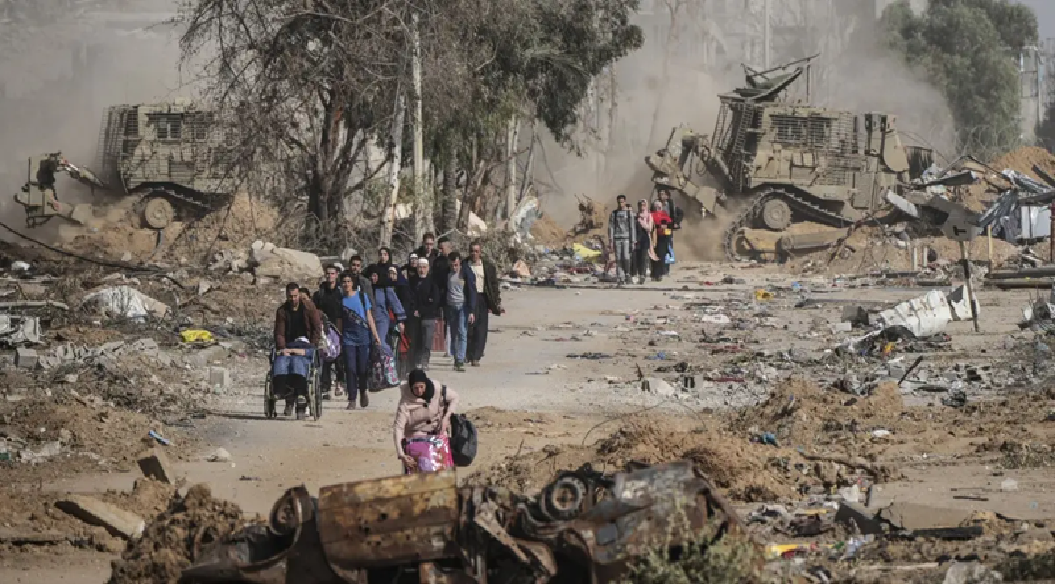
Searching for an elusive home
Europe and Asia each hosted around 87 and 86 million international migrants respectively, comprising 61% of the global international migrant stock.
The current global estimate is that there were around 281 million international migrants in the world in 2020, which equates to 3.6% of the global population. Overall, the estimated number of international migrants has increased over the past five decades. The total estimated 281 million people living in a country other than their countries of birth in 2020 was 128 million more than in 1990 and over three times the estimated number in 1970.
Available data reflect an overall increase in remittances in recent decades, from $126 billion in 2000 to $702 billion in 2020. Despite predictions of a large decline in international remittances due to Covid-19, 2020 saw only a slight drop (2.4%) from the 2019 global total. International remittances are financial or in-kind transfers made by migrants directly to families or communities in their countries of origin.
In 2020, India, China, Mexico, the Philippines and Egypt were (in descending order) the top five remittance recipient countries, although India and China were well above the rest, with total inward remittances exceeding $83 billion and $59 billion, respectively.
High-income countries are almost always the main source of remittances. For decades, the United States has consistently been the top remittance-sending country, with a total outflow of $68 billion in 2020, followed by the United Arab Emirates ($43.2 billion), Saudi Arabia ($34.6 billion), Switzerland ($27.96 billion), and Germany ($22 billion).
Europe and Asia each hosted around 87 and 86 million international migrants, respectively – comprising 61% of the global international migrant stock.
These regions were followed by North America, with almost 59 million international migrants in 2020 or 21% the global migrant stock, Africa at 9%, Latin America and the Caribbean at 5%, and Oceania at 3%. Migration and the lottery of birth Examining the overall quality of life by country, and the ability to migrate in terms of visa access, reveals that the availability of migration options is partly related to the lottery of birth and in particular the national passport of the potential migrant. It appears, for instance, that some nationality groups are much less likely to have access to visas and visa-free arrangements.
The Henley Passport Index, a global ranking of countries according to the entry freedom of their citizens, for example, reveals that an individual’s ability to enter a country with relative ease is in many respects determined by nationality. Visa access also broadly reflects a country’s status and relations within the international community and indicates how stable, safe and prosperous it is in relation to other countries.
The data also show two other aspects: that there are some significant differences between highly ranked human development countries and others; and that mid-ranked development countries can be significant source, transit and destination countries simultaneously.
Nationals from countries with very high levels of human development can travel visa-free to around 85% of all other countries worldwide. These countries are also significant and preferred destination countries. However, the visa restrictions in place for countries with very low levels of human development indicate that regular migration pathways are problematic for citizens. Irregular pathways are likely to be the most realistic (if not the only) option open to potential migrants from these countries.
(Extracted from the World Migration Report 2022.)
 English daily published in Bengaluru & Doha
English daily published in Bengaluru & Doha






